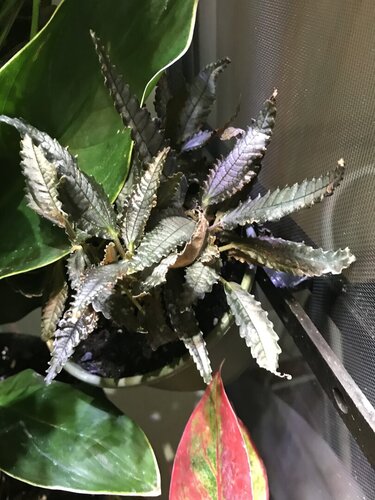Pickle-cham
Chameleon Enthusiast
Ok so when it says veiled tested means its tested as a food source too? Think that's the one i seen on fl chamsSo FL chams is not a real plant list for chams. They use the dog/cat plant list. Sooooo yeah. This may be of more help to you. https://chameleonacademy.com/wp-content/uploads/2019/12/Chameleon-Plants-122819.pdf








